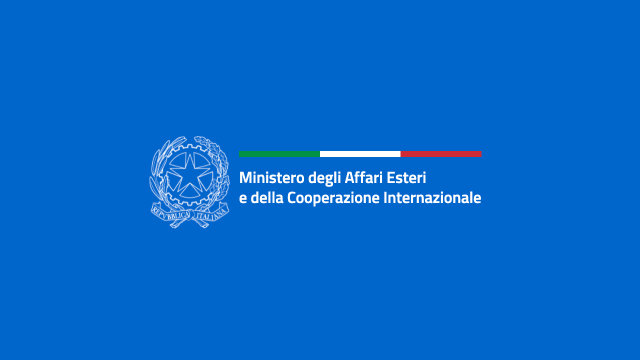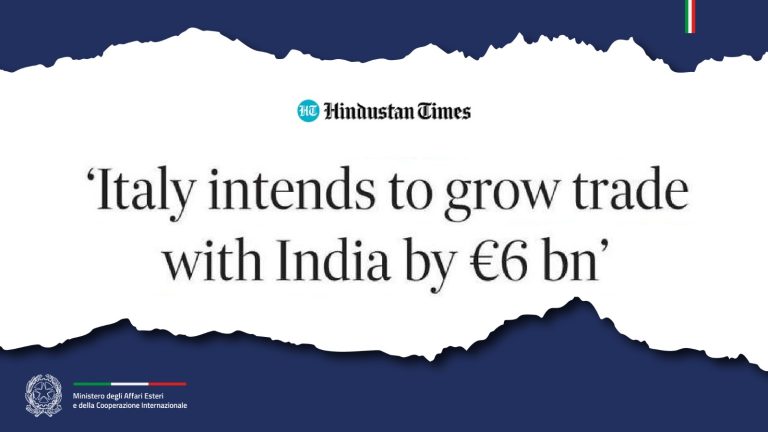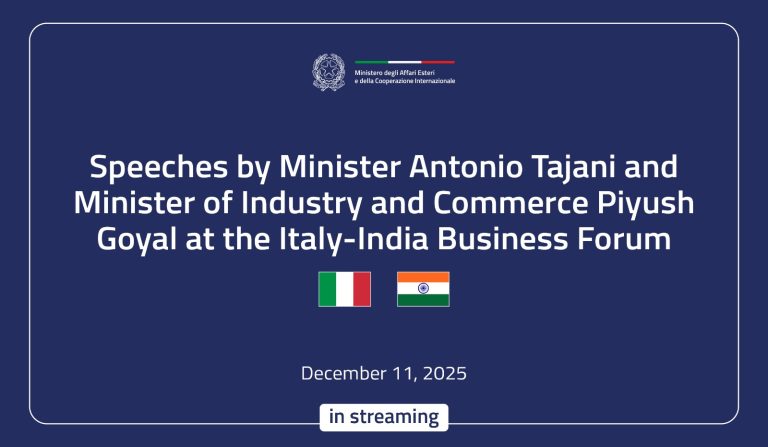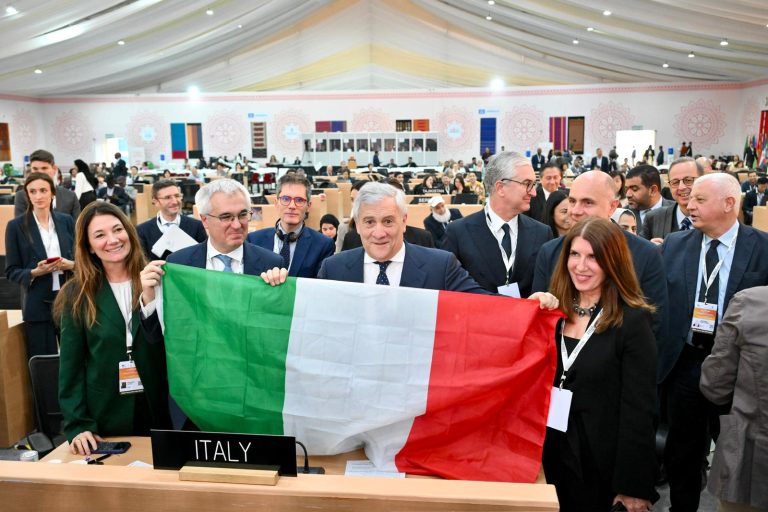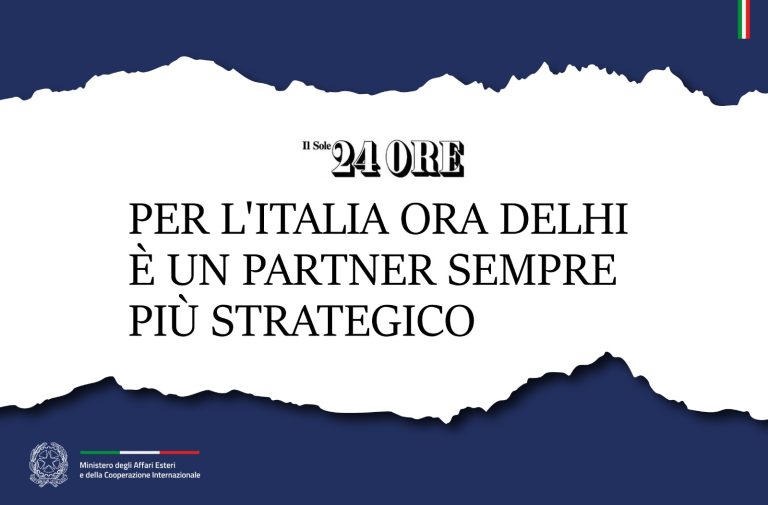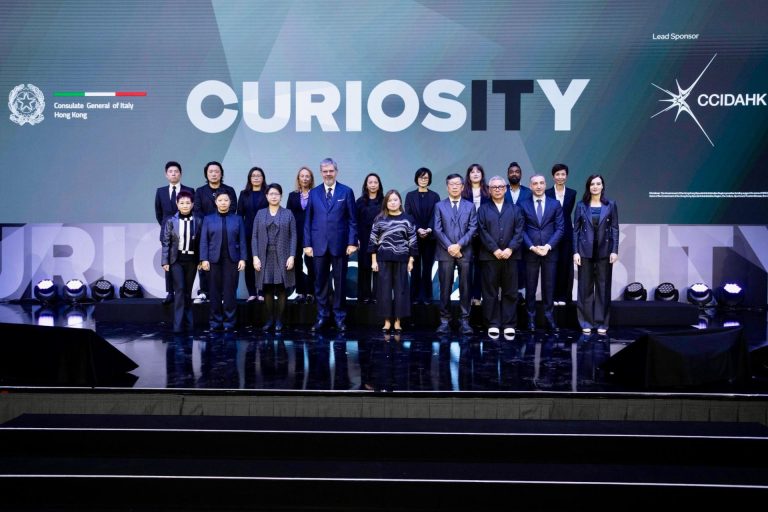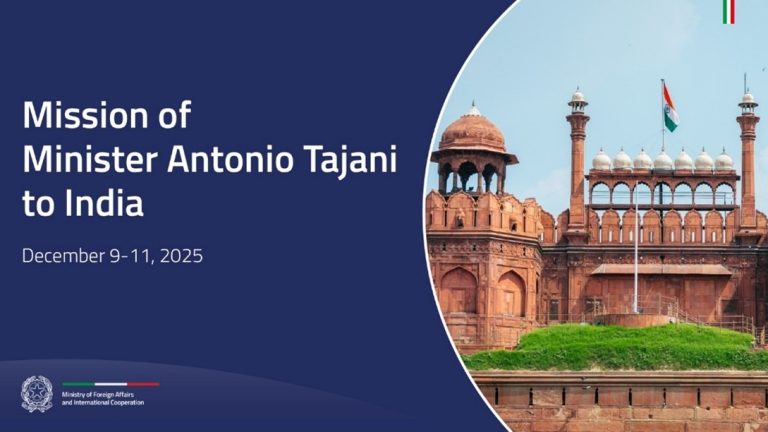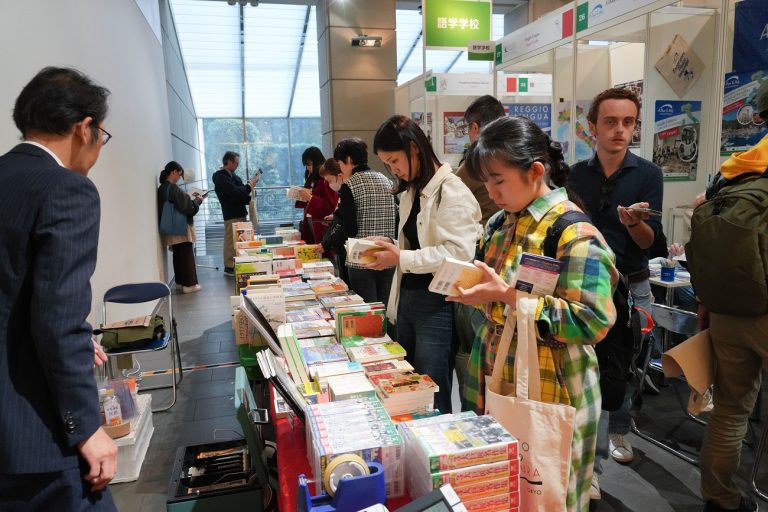(please check against actual speech delivered)
Deputy Prime Minister Hai, President of the Province of Vin Phuc Hung, President Colaninno, President Rossi, Ladies and Gentlemen,
I am delighted to be participating in the inauguration of this second Piaggio factory, and not only because it is a new and important productive investment by one of Italy’s more prestigious and innovative firms. But also because it falls within a framework of solid Italo-Vietnamese bilateral relations, witnessed by the numerous events being planned for next year in Vietnam and in Italy for the 40th anniversary of bilateral diplomatic relations.
Vietnam is one of Asia’s most dynamic nations, growing at an extraordinary rate, with a 2011 GDP increase estimated at 5.9% and 2012forecasts of 6%. Industrial production is also showing a rise of between 7% and 8%. The private sector has also registered significant development over recent years, with a clear improvement in its ability to attract foreign investments, not least as a result of Vietnam’s entry into the WTO and its stipulation of regional free trade agreements. It is no accident that Vietnam’s exports to Italy spiked 37% in 2011 as compared with 2011.
Nevertheless, despite such enthusiastic data, the level of exports and Italian investments in Vietnam remains below those of other economically advanced nations, and well below the potential of our dynamic productive system. But the Italian government is aware that the growth and revived competitiveness of the Italian economy depends also on our companies’ ability to root themselves in the more dynamic Asian markets. Vietnam and the Asian continent must therefore assume new prominence in an Italian foreign policy that takes into account the deep changes under way there. My presence here is intended to underscore this adjustment in our approach to Vietnam, within a framework of vibrant evolution in relations with the entire Asian continent.
Piaggio has followed a farsighted industrial plan, establishing its second factory a mere 4 years after the first, and its expansion in Vietnam represents a model of “best practices”. The group’s productive investments have had a noteworthy impact on employment, but can also become a multiplication factor, given its capacity both to upgrade local suppliers’ technical capabilities and to attract its European suppliers to Vietnam.
Moreover, Piaggio’s business goal is not limited to the Vietnamese market, but has set its sights on the entire ASEAN region, thanks to the network of free trade agreements that Vietnam has underwritten allowing for lower customs duties on the export of motorcycles. This approach could be replicated by other Italian firms, bringing employment, development and technological growth, in exchange for access to a regional market of 2 billion consumers.
I would like to express my gratitude, in the name of the Italian government, to the government authorities of the Vinh Phuc Province who have made it possible for this factory to be built. I extend my deepest best wishes to President Colaninno and to all of you for its success, in the spirit of the growing friendship between Vietnam and Italy.
In conclusion, I would like to make an observation and express a hope. The “Vespa” was a symbol of economic boom for us Italians in the post-War years, of the capacity for the industry of a nation destroyed by inhuman tragedy to revive and adapt and assert itself around the world. The “Vespa”, which, in its creativity, design and dynamism, continues to be a splendid example of “Made in Italy”, can now become a symbol for the re-launch and expansion of economic relations between Italy and Vietnam. This is my hope. The factory we are inaugurating today, along with the countless Vespas I have seen on the streets of Hanoi, are the proof that we can achieve this together.

